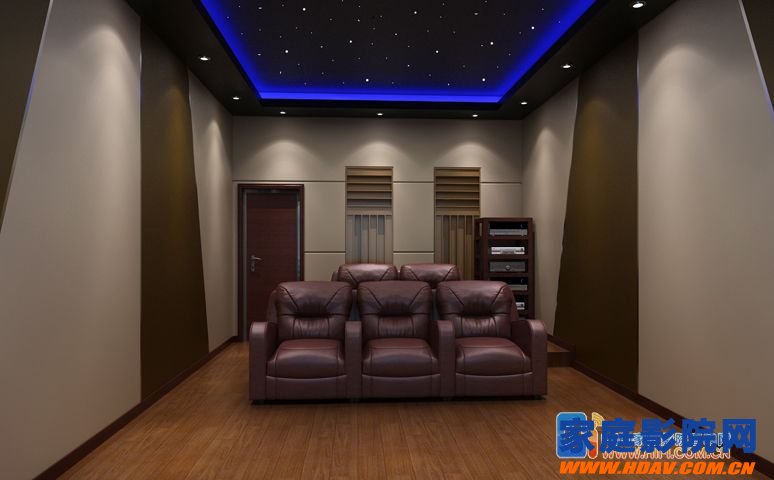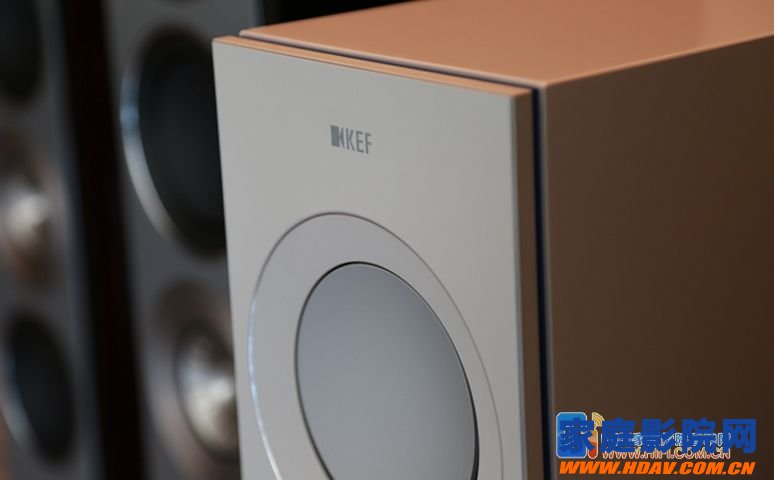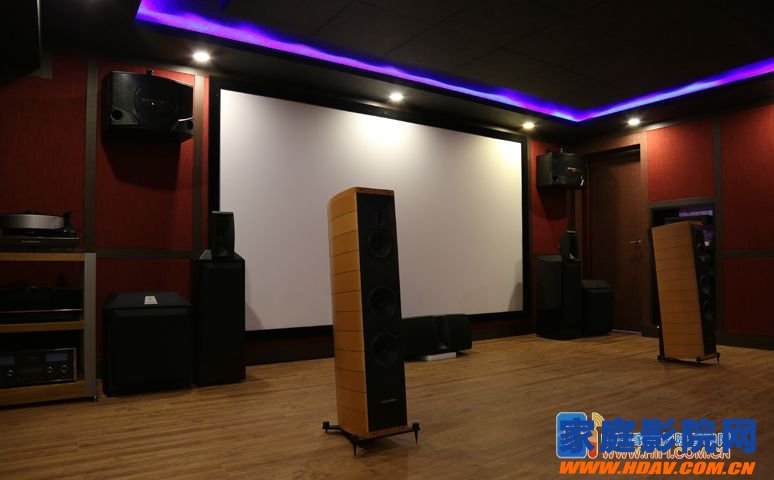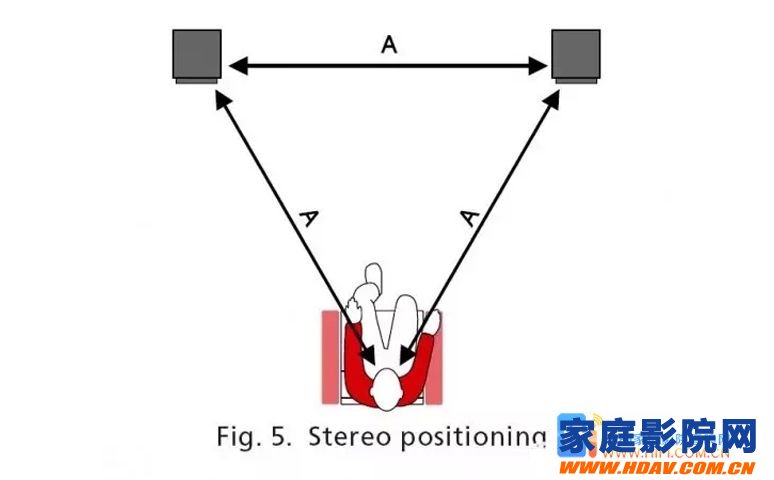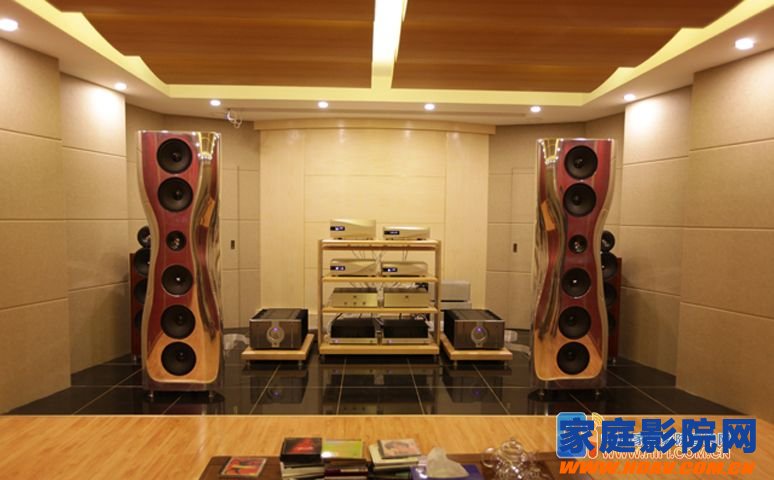[Home Theater Network HDAV.com.cn] When tasting the sound quality of a home theater Audio, the most direct and most concerned about us are the hardware factors such as equipment and wires. In fact, there are many software factors that are not easily perceived by us. In addition to human physiological factors and psychological factors, the most important factor in software factors is environmental factors. What are those specific? In general, the environmental factors affecting the sound reproduction of home theater audio are: 1. acoustic sound return; 2. external vibration; 3. listening to the environment's resonance characteristics; 4. listening room acoustic characteristics. Acoustic return When the home theater audio system works, the sound will vibrate the walls, ceilings and floors, and some of them will directly or indirectly impact the audio equipment. These vibrations are fed back to different speeds and strengths through different media (such as audio rack, air, etc.). On the equipment, it causes the equipment to vibrate and generate its own resonance, which causes the sound system in the work to produce subtle changes in the electronic flow in the line and change the sound, which makes the sound slightly blurred and causes slight distortion. Resonance characteristics of the environment Objects have their own resonant frequency depending on the material, shape, and size. When external vibrational energy is applied to the object, if the frequency is equal to or very close to its resonant frequency, the object will vibrate synchronously, which we call resonance. The resonance of the environment is more complicated. If the music frequency is close to the natural frequency of the room, resonance will occur. If you use a spectrum test analyzer to test, the frequency response curve of the room will be undulating like a dragon dance. No matter how advanced the equipment you use, it will be subject to the acoustic characteristics of the room. Resonance is harmful in most cases, it increases noise and accelerates fatigue damage to the equipment. How to eliminate or reduce this room, so that the response is straight, so that the home theater sound system has excellent sound? This is the physical characteristics of the object, can not be eliminated, can only weaken. For example, a rectangular room is easier to handle resonance, and a square room can cause standing waves to be particularly difficult to handle. There are also enthusiasts summed up, and the triangular near-field listening can also reduce the effects of low frequency resonance. External vibration Some listening rooms are close to roadsides or workshops, construction sites, or next door are lift rooms, pump rooms, etc., which are very susceptible to noise or ultra-low frequency. The sound of home theater audio equipment is blurred due to vibration. How to solve this problem? If you want to relocate, do not simulate the studio design, do a room in the house that is isolated from the outside and float, and do soundproof measures to reduce or eliminate the impact of external vibration. Acoustic characteristics of the listening room The acoustic characteristics of the listening room mentioned here include not only the proportion and size of the room, but also the materials used in the construction of the listening room, as well as the materials and layout of the decoration, such as reverberation, standing wave, acoustic reflection, and acoustic diffraction. Wait. A sofa and a curtain will change the acoustic characteristics of the original listening room. And some of these changes are predictable or computational, and many cannot be measured. Moreover, if the subsequent decoration of the listening room is changed again and again, the acoustic characteristics of the listening room will also change, and even affect the placement and debugging of the home theater audio system, the arrangement and increase and decrease of the sound reinforcement and sound absorbing materials. Therefore, it is recommended that enthusiasts also consider the acoustic characteristics of the room when placing and debugging the sound. Use furniture and decorations that have little impact on the sound, and use professional materials such as RGP board, Room Ture, Sonex, and diffusion board. Adjust the room characteristics. The sound is very sensitive, and because of the limitations of human physiology, we often can't capture some sound details and changes. To achieve the ideal sound reproduction, just use acoustic instruments to measure and debug some one-sided, you can combine people's listening habits, find a balance point in the sound reproduction of home theater audio equipment and environmental sound effects, adjust the time you like or fit the public the sound of. This is a very difficult problem, so the "golden ear" is more and more important. More fresh and fun home theater information, please pay attention to home theater network http:// (WeChat: cnhifi), the country's most influential home theater audio player interactive media website. Note: This article is transferred from Solan. The article is an independent view of the author and does not represent the position of the home theater network. Telephone receiver cable, 4p4C configuration, RJ9 cable Dongguan Bofan technology Co., LTD , https://www.ufriendcc.com